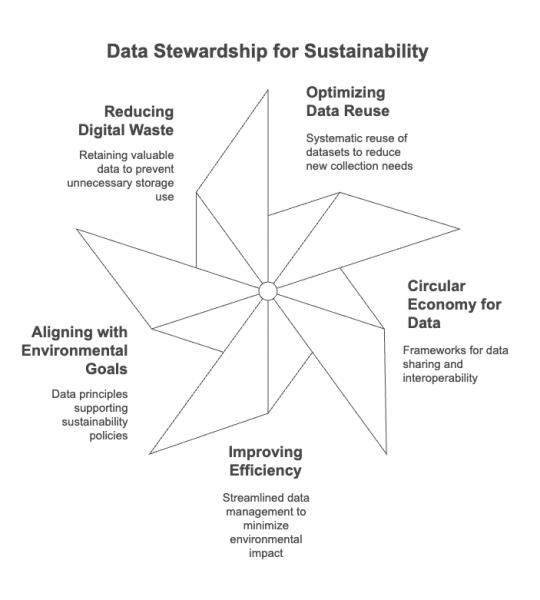Article by Hansi Lo Wang: “The stability of the federal government’s system for producing statistics, which the U.S. relies on to understand its population and economy, is under threat because of budget concerns, officials and data users warn.
And that’s before any follow-through on the new Trump administration and Republican lawmakers‘ pledges to slash government spending, which could further affect data production.
In recent months, budget shortfalls and the restrictions of short-term funding have led to the end of some datasets by the Bureau of Economic Analysis, known for its tracking of the gross domestic product, and to proposals by the Bureau of Labor Statistics to reduce the number of participants surveyed to produce the monthly jobs report. A “lack of multiyear funding” has also hurt efforts to modernize the software and other technology the BLS needs to put out its data properly, concluded a report by an expert panel tasked with examining multiple botched data releases last year.
Long-term funding questions are also dogging the Census Bureau, which carries out many of the federal government’s surveys and is preparing for the 2030 head count that’s set to be used to redistribute political representation and trillions in public funding across the country. Some census watchers are concerned budget issues may force the bureau to cancel some of its field tests for the upcoming tally, as it did with 2020 census tests for improving the counts in Spanish-speaking communities, rural areas and on Indigenous reservations.
While the statistical agencies have not been named specifically, some advocates are worried that calls to reduce the federal government’s workforce by President Trump and the new Republican-controlled Congress could put the integrity of the country’s data at greater risk…(More)”

